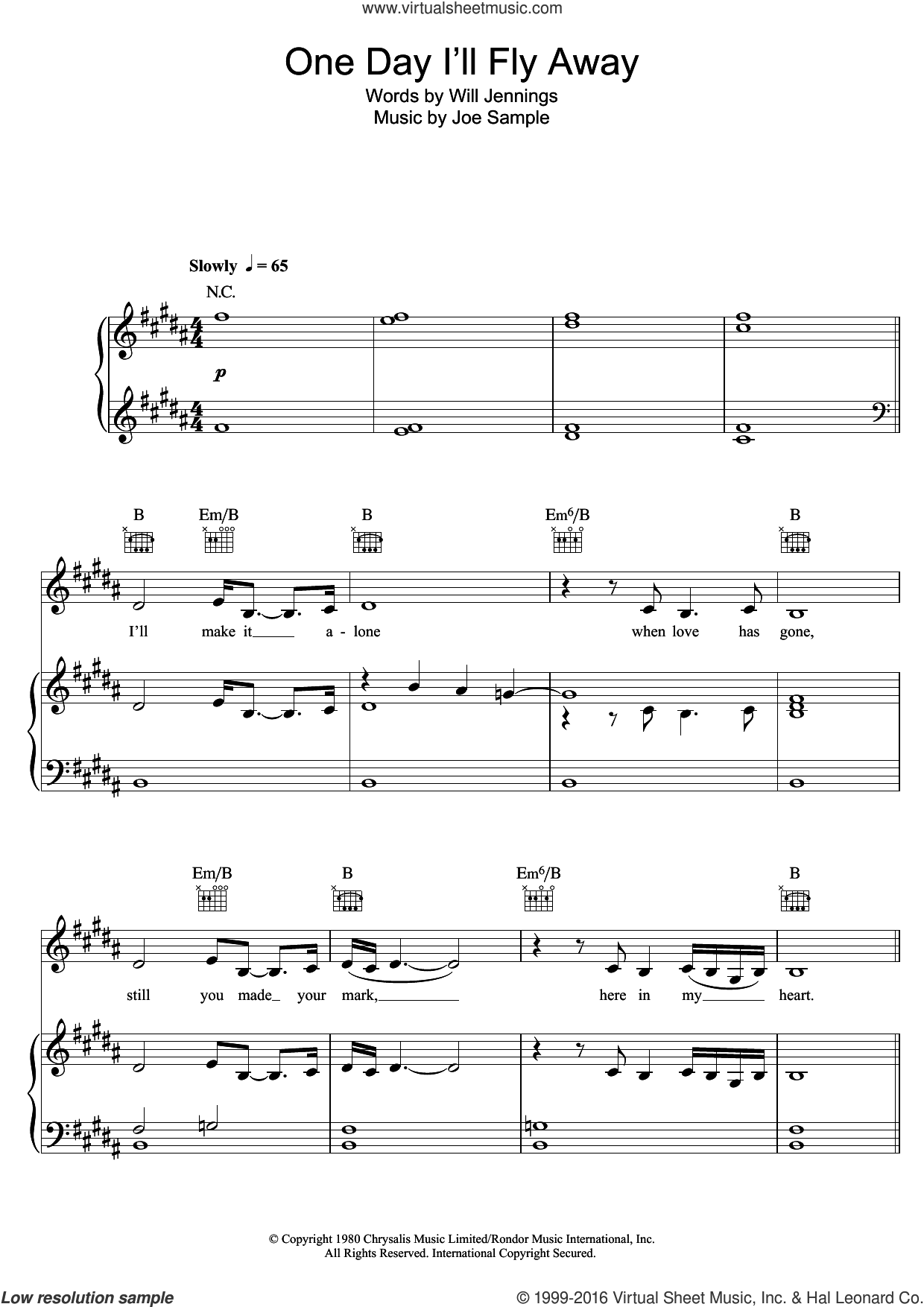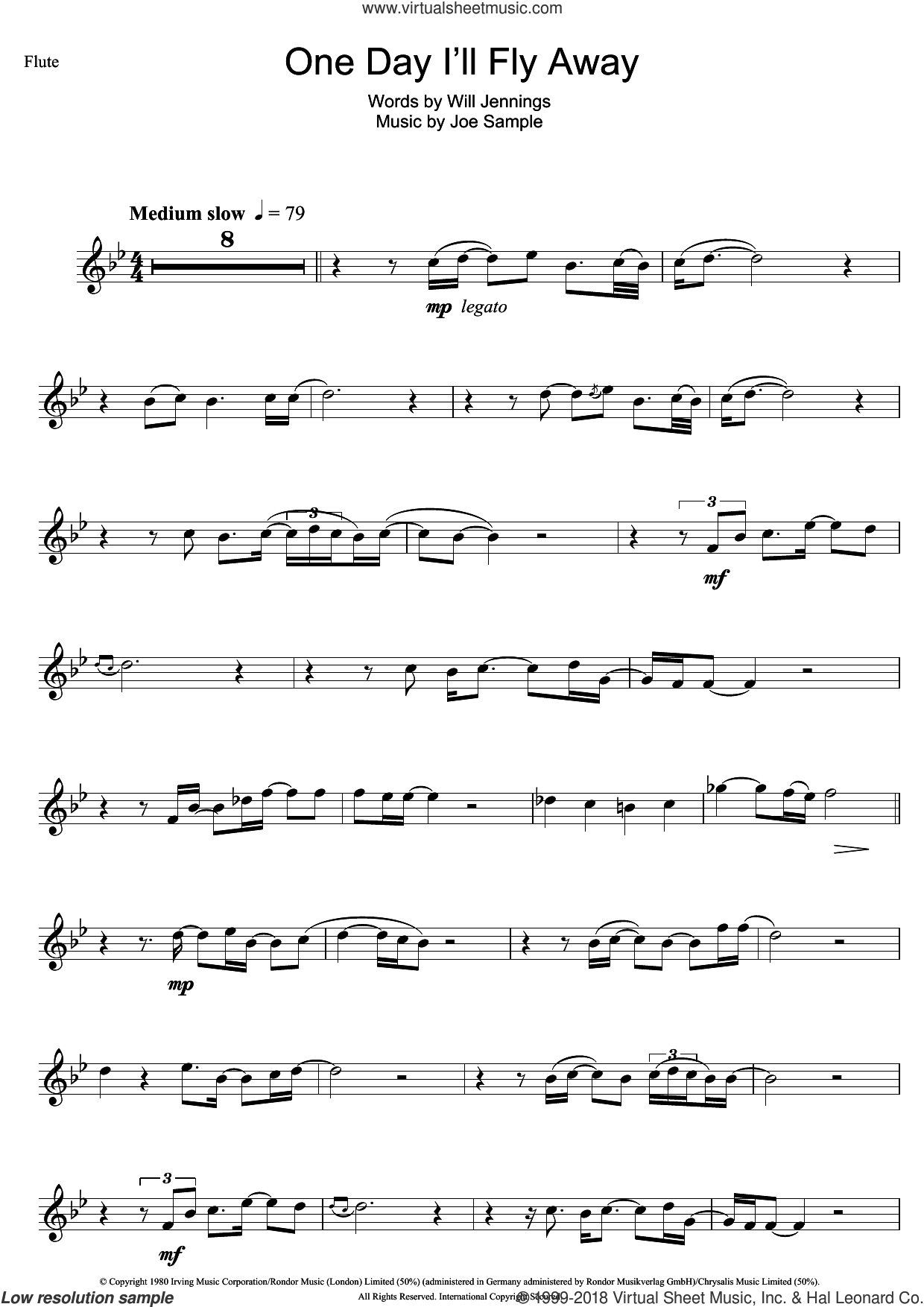

Korg MS20 and ARP Solina Strings summon grimmer harmonies. Halfway through, acoustic cello and violin cut through like slits of moonlight and everything stills without settling down. A Roland TR-77 drips like water off stalactites into pools of Yamaha CS-60 chords, deeper than they first appear. And that’s exactly what it sounds like: a murky suspension of endangered grace. “As If No One Is Here” reincarnates a tone poem by Jean Sibelius, itself based on the Finnish national epic Kalevala, which tells the story of a swan being hunted in the realm of the dead. Still, as in Christianity, redemption comes in the end. How about we not appropriate the sacrament of an African American spiritual promising biblical deliverance from slavery in the service of a hardware pun? How about we not “Swing Low, Sweet LFO,” with its plinky Pianet and sugary Prophet 6 sweeps, less offensive than Moby’s appropriation of spirituals for car commercials but also, unfortunately, very much not as memorable? Which can’t be said of the third track, titled by a lousy joke that feels, well, profane. John Carpenter was, without a doubt, the patron saint of arpeggiated epics “Really Deep Snow” is a pious tribute, if one is needed. Its vibe is certainly more Halloween (2018), though, a reincarnation of unholy terror as the anxiety of influence. It’s another almost 10-minute improv, whose main chords pay tribute to a psalm Lindstrøm heard in church as a child. The second track, “Really Deep Snow,” is anchored by a covetable Roland SH-101 and administered by various ARPs, Korgs, and Wurlitzers. A rumble about eight minutes in scared the devil out of my cats, but soon enough they were snoring again in a puddle of sun. “On a Clear Day I Can See You Forever” instead hopes for meaning through repetition, exploiting the precariousness of its electrical pulses as they stream through metal effects units. The genius of, for example, those old Boards of Canada interludes was how they dissipated before their mystery ran out. He dusted one off and explored what he could do with it in 10 minutes, then played it back in reverse while improvising on the Fender Rhodes a little perfuming with a Hammond through a wah-wah and some spring-reverbs, and, well, the sum of the parts is the sum of the track. One of them, a Memorymoog, as it happens, forms the foundation of the new album’s title track.

Clearly he’s mastered his machinery: On a Clear Day I Can See You Forever arrives in the wake of his performance at Henie Onstad Kunstsenter, commissioned on the occasion of the art space’s 50th anniversary and conscripting untold riches to procure some 30 hard-to-source synthesizers and drum machines. Tracks like “Closing Shot,” “Blinded by the LEDs,” and of course the deathless “I Feel Space” demonstrated a command of form and function. Over the course of his 16-year-career he’s floated to the front of the third-wave analog revival, lifting the wow and flutter of predecessors like Stereolab and Faze Action and sending them into a Scandinavian disco jam-band dimension. None of this is Hans-Peter Lindstrøm’s fault.

They are fetish objects at last, prized more for what they are than what they can do. They look great among the fiddle-leaf fig trees on your frenemy’s feed. Original Moogs are now incredibly expensive, both in terms of cost and the time it takes to learn to use and maintain them. Devotees turned the Moog, like relics of the houses of Korg, ARP, and Roland, into a status symbol. Then a cult arose around these wooden boxes of wires. In a Hail Mary pass to stay solvent, Moog salesman David Van Koevering, a former evangelical preacher, repackaged a hundred or so unsold models as “Sanctuary Synthesizers,” added a bunch of pious patches, and sold the lot to Christian music makers.

But it lacked touch sensitivity, which meant it basically just played loud, and its presets varied wildly users switching from machine to machine had to pray the strings didn’t sound like brass. The Memorymoog, in 1982, would be the last thing Moog made for decades, and it was a polyphonic powerhouse. Bigger companies made simpler, more powerful machines. Moog’s instruments were, in the end, whimsical and unwieldy.


 0 kommentar(er)
0 kommentar(er)
